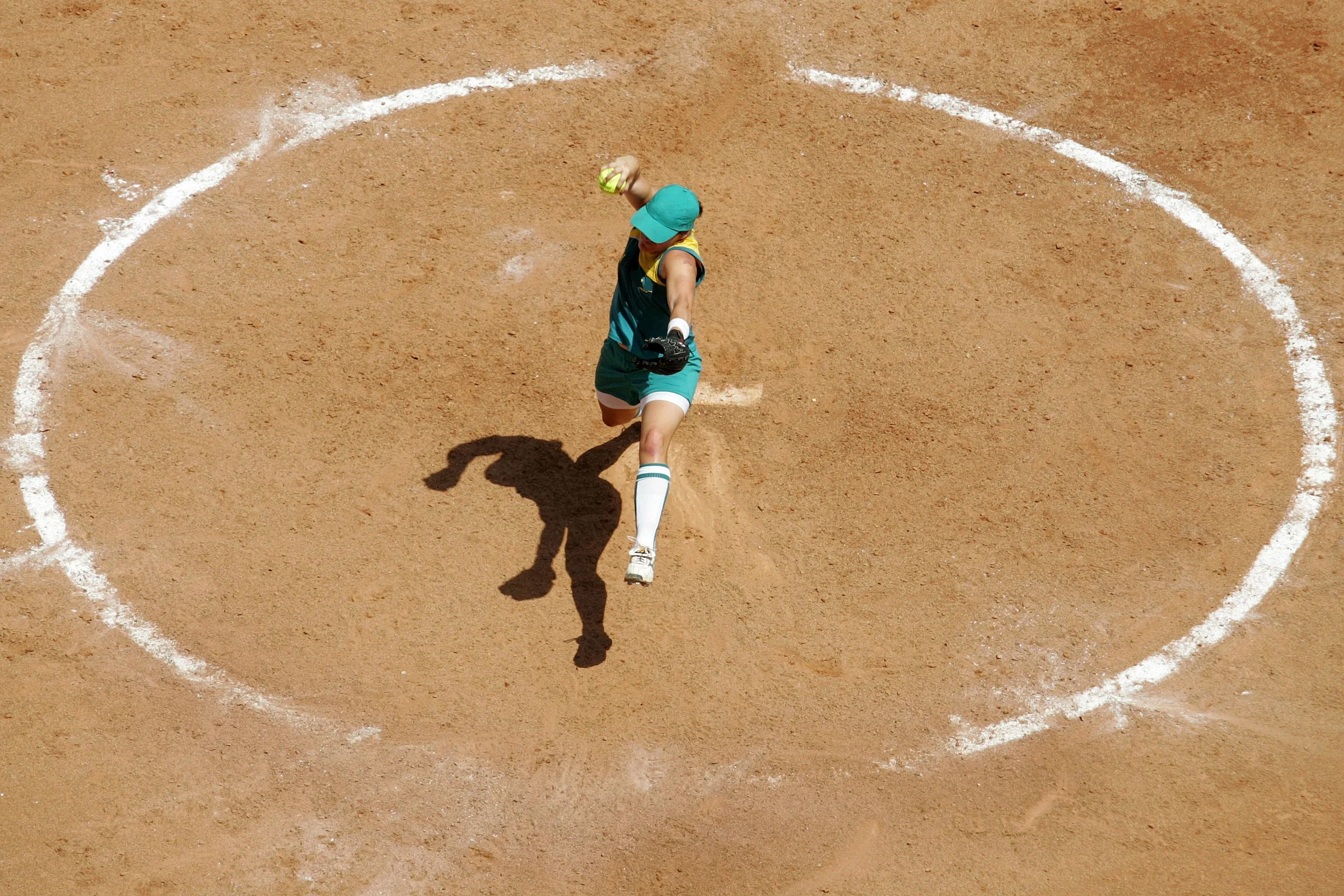Why your throwing arm hurts & how to fix it
Unfortunately for baseball, softball and all other throwing sports, athletes are familiar with shoulder & elbow pain. And especially for youth athletes, the rate of injury has skyrocketed due to the demanding schedule (more practices, more games, playing all year, etc...).
The good news? Proper training can prevent most of these throwing injuries. And, if you already have pain, it can be managed pretty easily.
Modify to “rest”
It’s better for the longterm health of athletes to stay active in their sport, despite needing to rest due to aches and pains. When athletes are dealing with routine joint pain, we recommend that athletes modify their movements in order to rest, instead of sitting out completely. A “rest” can be anything that’s less that you’ve been doing.
For example, a pitcher with elbow pain may take a break from the mound, but might continue hitting or playing in the field.
2. “I like to Move it move it”
A primary cause of shoulder/elbow pain is due to a loss in overhead & rotational shoulder mobility. To prevent and recover from throwing related pain, it is essential to maintaining mobility in your latissimus dorsi muscle (“the lats”) and in your rotator cuff muscle group.
Here are some of our favorite exercises:
3. Flex on ‘em
Strength deficits in the shoulder are a huge contributing factor to injury in throwers. You need a good balance of strength and mobility for your body in order to keep up with the routine impact of throwing hard, repeatedly. Try out these exercises to hit some key muscles:
4. GET BACK “ASAP” and “ASAP”
“As Safe As Possible,” and “As Soon As Possible”
There’s a lot you can do on your own, but if you have a thorough sports physical therapy treatment plan, your return to sport time will be significantly less. To truly have the safest path to recover, with the shortest recovery times, it’s best to find a physical therapy or performance training team that creates a customized plan for your need.
Give us a call, text, or email below. We know the joy (and occasional pain) of being an athlete, so we want to help everyone we can. 240-532-2486


